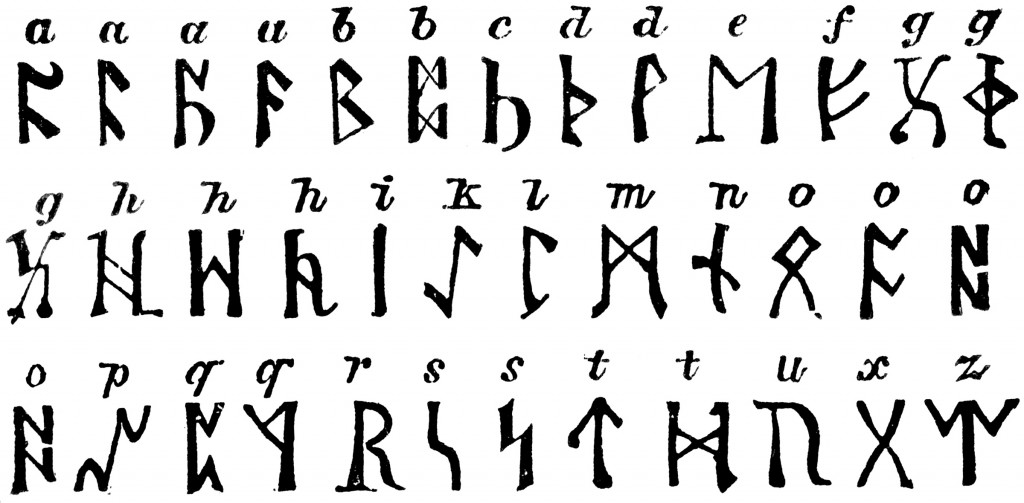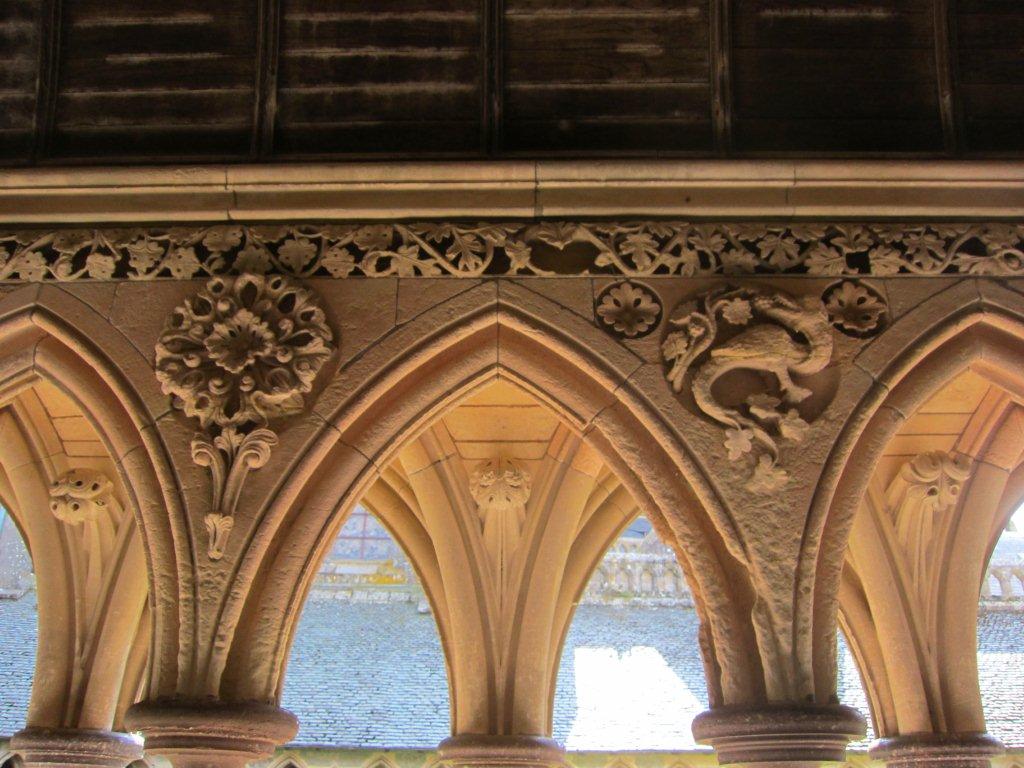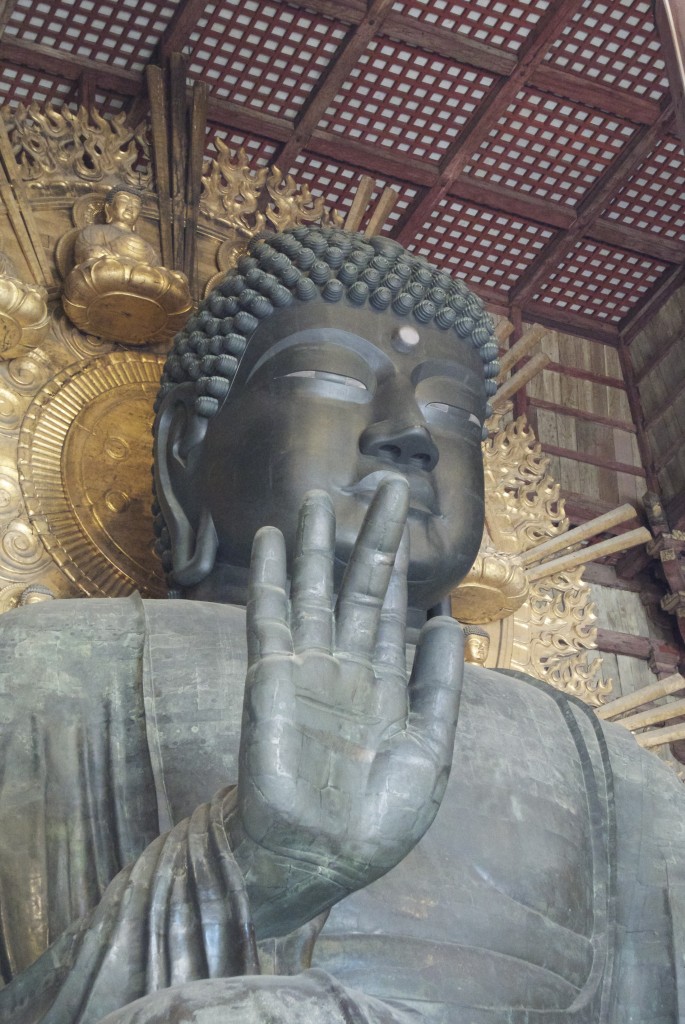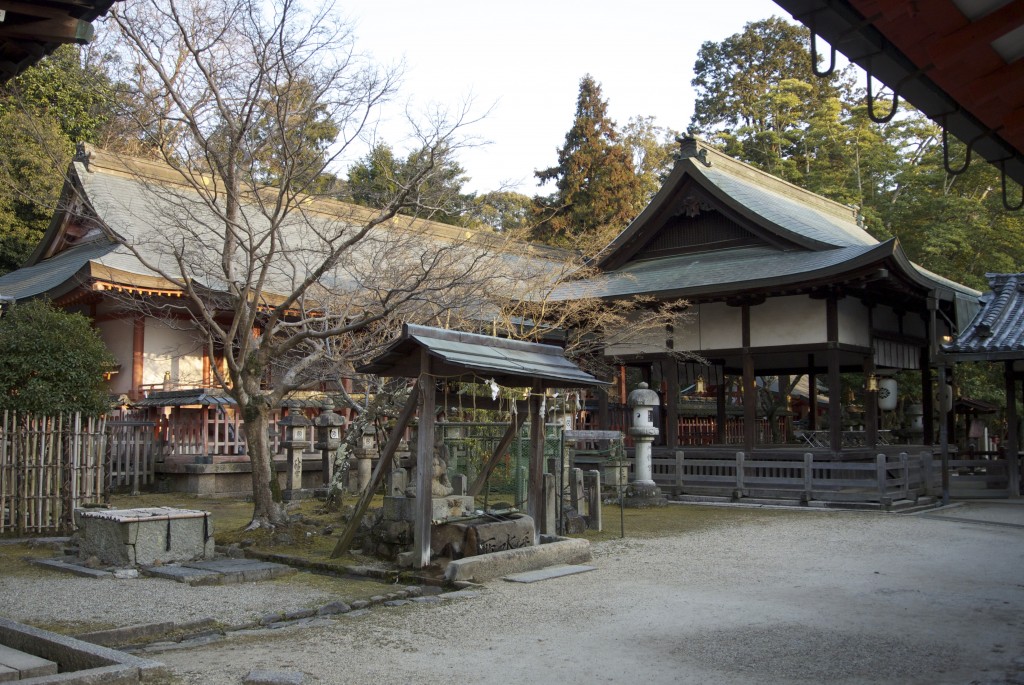This is part 4 in a series comparing the pagan pasts of Britain and Japan…
**************************

Britain’s path from paganism to Christianity
In the fifth century when Angles, Saxons and Jutes invaded England following the withdrawal of the Romans, Celtic culture was pushed to the margins of the island as a new variant of Paganism was introduced from the continent. The independent Anglo-Saxon kingdoms worshipped Germanic deities such as Tiw, Woden, Thunor and Frig after whom Tuesday, Wednesday, Thursday and Friday are named. They also worshipped the spring goddess Eostre, from whom Easter takes its name. Like the Celts, these early Anglo-Saxons were animists who held sacred rites in the woods and made offerings to the spirit of trees, springs, and rocks.
In the ninth century a new type of invader arrived in the form of Vikings, whose incursions led to conquest, pillage and settlement, particularly in the north-east of the country. Since they were continental neighbours, Vikings and Saxons could understand each other’s language, and they worshipped the same kind of Germanic deities. Thor, for instance, was popular with both, being a sky and storm god who held a hammer which sparked lightning when thrown at enemies (hammers were worn by followers as a lucky charm).

[Rune alphabet as shown in William Dwight Whitney’s The Century Dictionary and Cyclopedia: An encyclopedic Lexicon of the English Language (New York: The Century Co., 1889)
Christianity had come to Saxon England in 597 in the person of Augustine of Canterbury, whose conversion of King Aethelbert of Kent established a close alliance with the ruling class. A key role in the spread of the new religion was played by Alfred the Great (849-899), so-called because of his victories over the Viking invaders. Following defeat in 878, the Danish leader Guthrum converted to Christianity and thereby established countrywide domination for the religion. Alfred for his part placed emphasis on the education of priests and laymen to spread Christianity to the common folk. From pagan warrior-chiefs, Saxon leaders became Christian kings crowned with the authority of the Catholic church. Moreover, as England moved towards a unified kingdom under Saxon and Danish kings, bishops of the church acted as advisers in state matters.
The position of Christianity was strengthened after the Norman Conquest of 1066, for William I looked to the Catholic Church for support and had himself crowned in Westminster Abbey. For commentators such as Hilaire Belloc, the Conquest marked the entry of the country into ‘Christendom’, or the wider community of Christian civilisation.

Detail from Salisbury Cathedral: the Norman Conquest brought European arts and architecture, based on Christianity, to England
Japan’s path from kami worship to Buddhism
In Japan, Buddhism prospered in similar manner to Christianity to England as a result of promotion from on high. As we have seen, it was first brought to Japan in the mid-6th century as a gift to the Yamato court, and the new religion was immediately adopted by the powerful Soga clan (immigrants from the continent).

The Big Buddha at Todai-ji dominated the spiritual landscape
There was strong resistance however from supporters of the native kami, namely the Mononobe and Nakatomi clans, and the two sides clashed at the battle of Shigisan in 587. The Soga emerged victorious, and in the country’s first constitution, proclaimed in 604 by the prince regent, Shotoku Taishi (a Soga blood relative), Buddhism was adopted as the official state religion. ‘Sincerely revere the three treasures: the Buddha, his Teaching, and the ordained Community,’ runs one of the Seventeen Articles. Traditional beliefs and practices continued to survive among the common folk, however.
Almost 150 years after Shotoku’s Constitution, Emperor Shomu erected a huge Buddha at Nara (the world’s largest bronze statue), which was intended to be the centrepiece in a nationwide network of temples to secure the well-being of the state. The Daibutsu (Big Buddha) dominated the religious landscape of the country, though it was some time before the imported faith spread amongst the population at large. Yet when the Great Buddha was presented to the public in 752 it stood under the protection of the kami Hachiman, transported from Usa in Kyushu after an oracle there by a miko shamaness declared it was the wish of the deity. The kami was thus seen as governing the spirit of place; the Buddha took charge of cosmic matters.
Here was a crucial difference from the situation of Christianity in England, where pagan deities were not acknowledged. In the next section we will look at the development of syncretism in Japan.

The present-day Hachiman shrine still protects the Big Buddha at Todai-ji
*********************************************************************************************************************************************
This is the fourth in a series comparing the pagan past of Britain and Japan. Click for Part 1, Part 2 and Part 3.

Leave a Reply